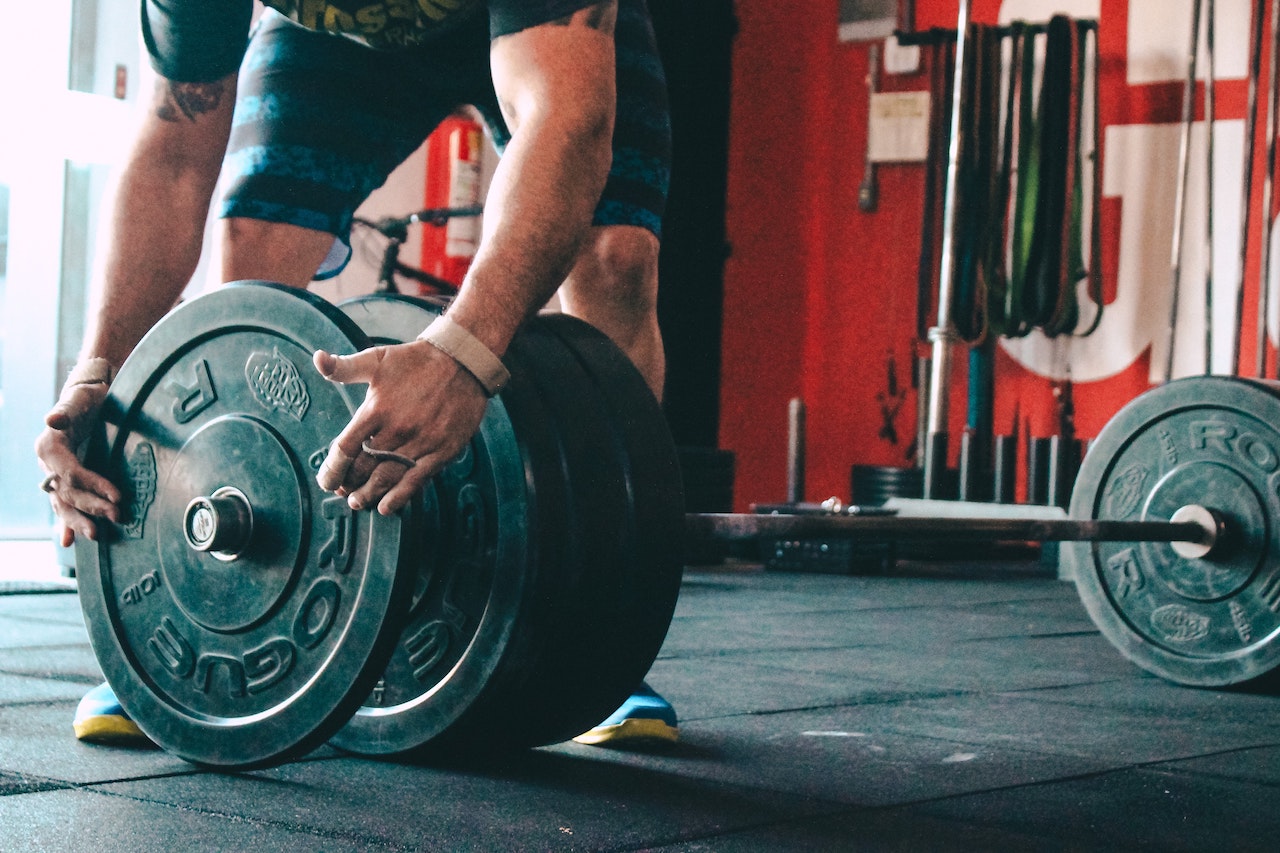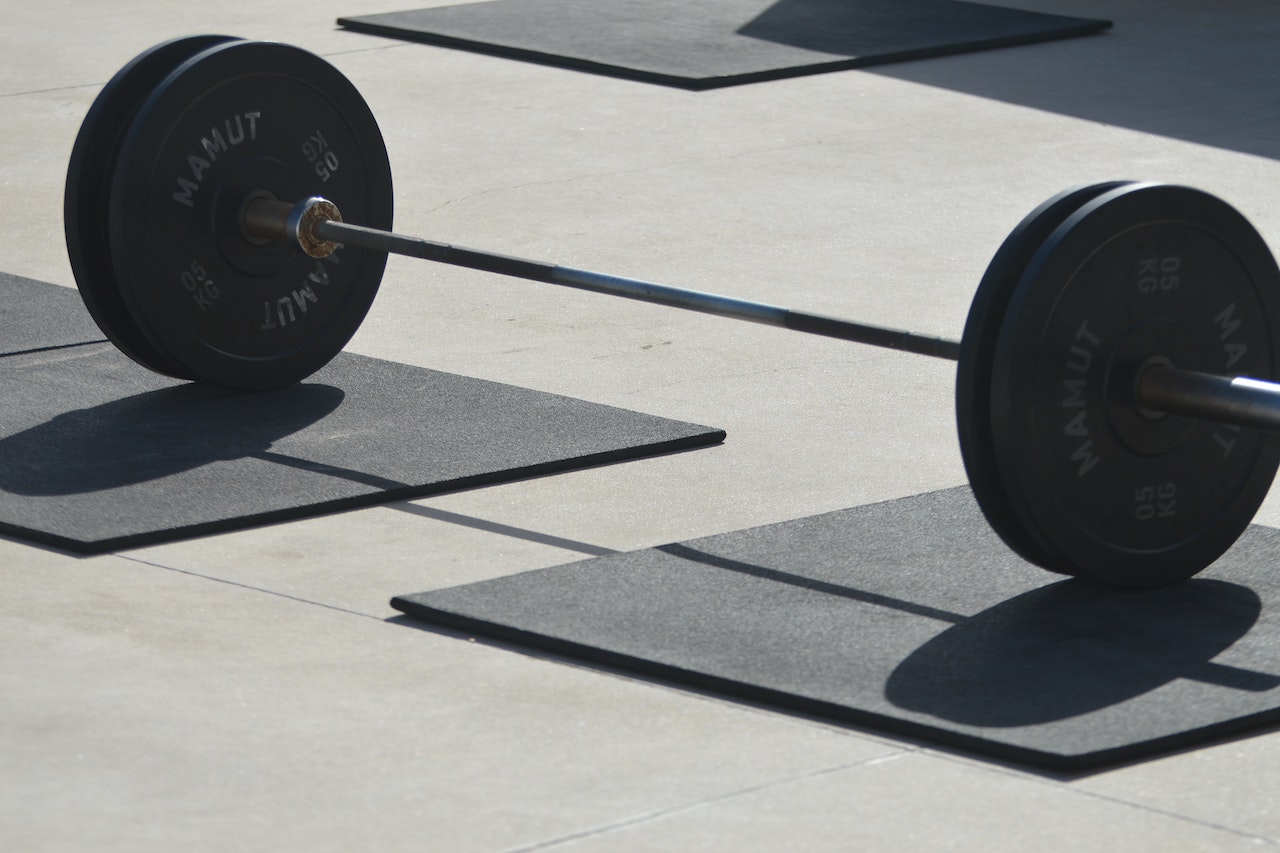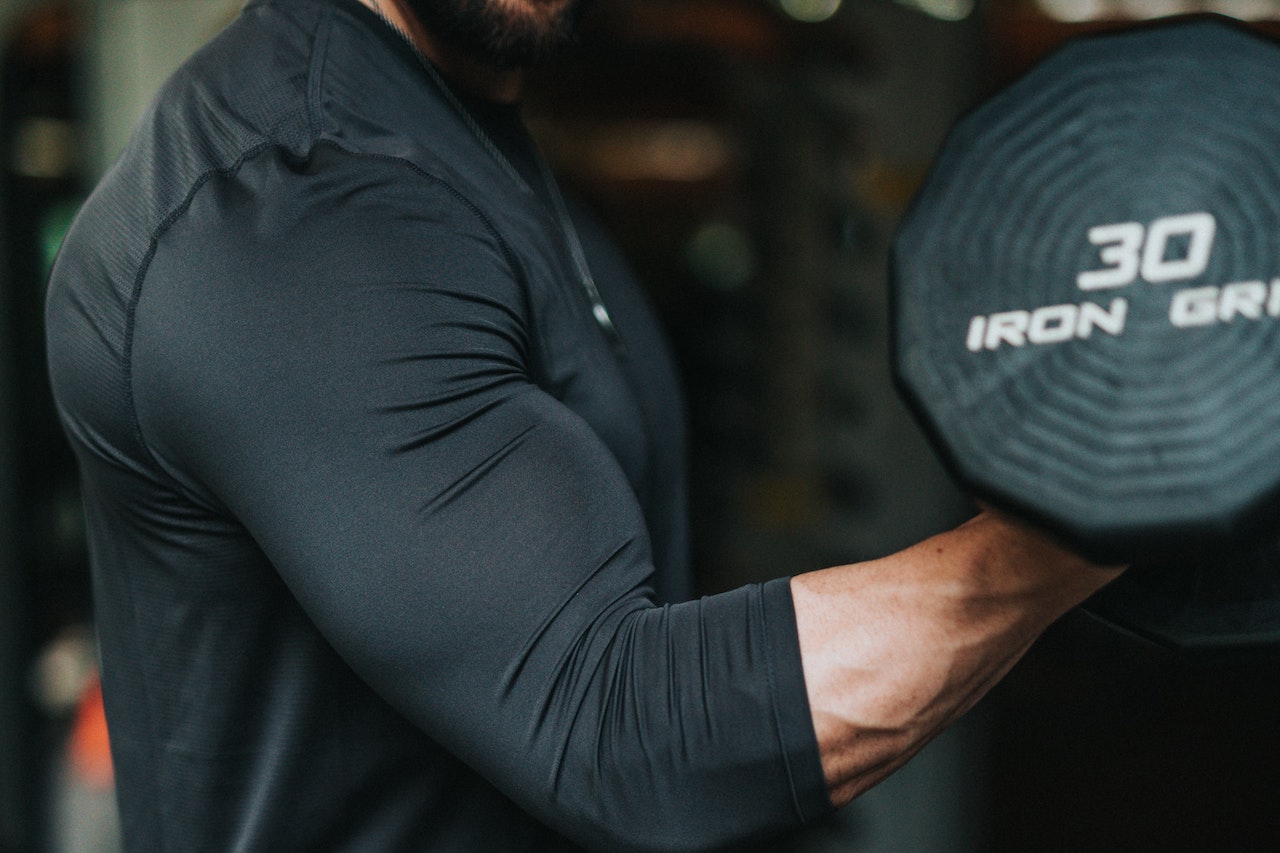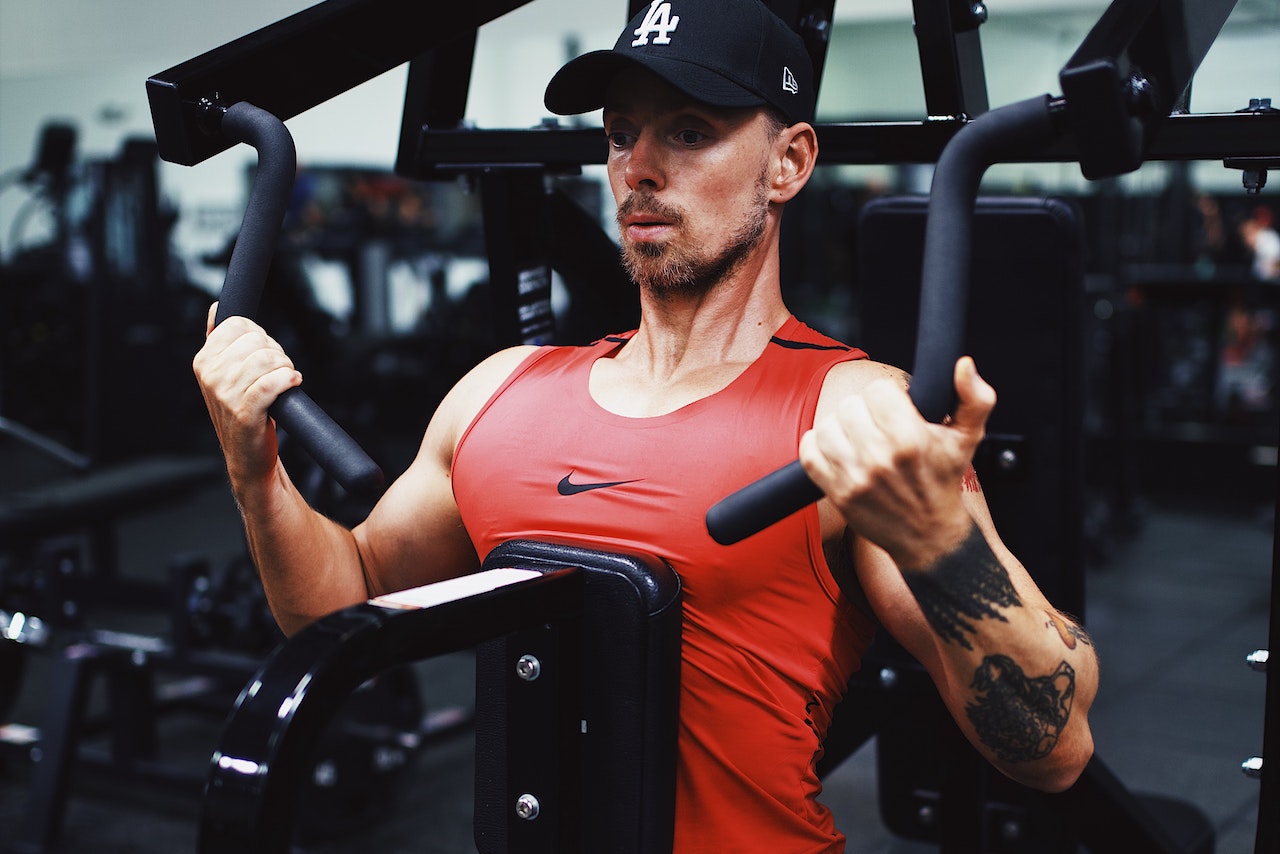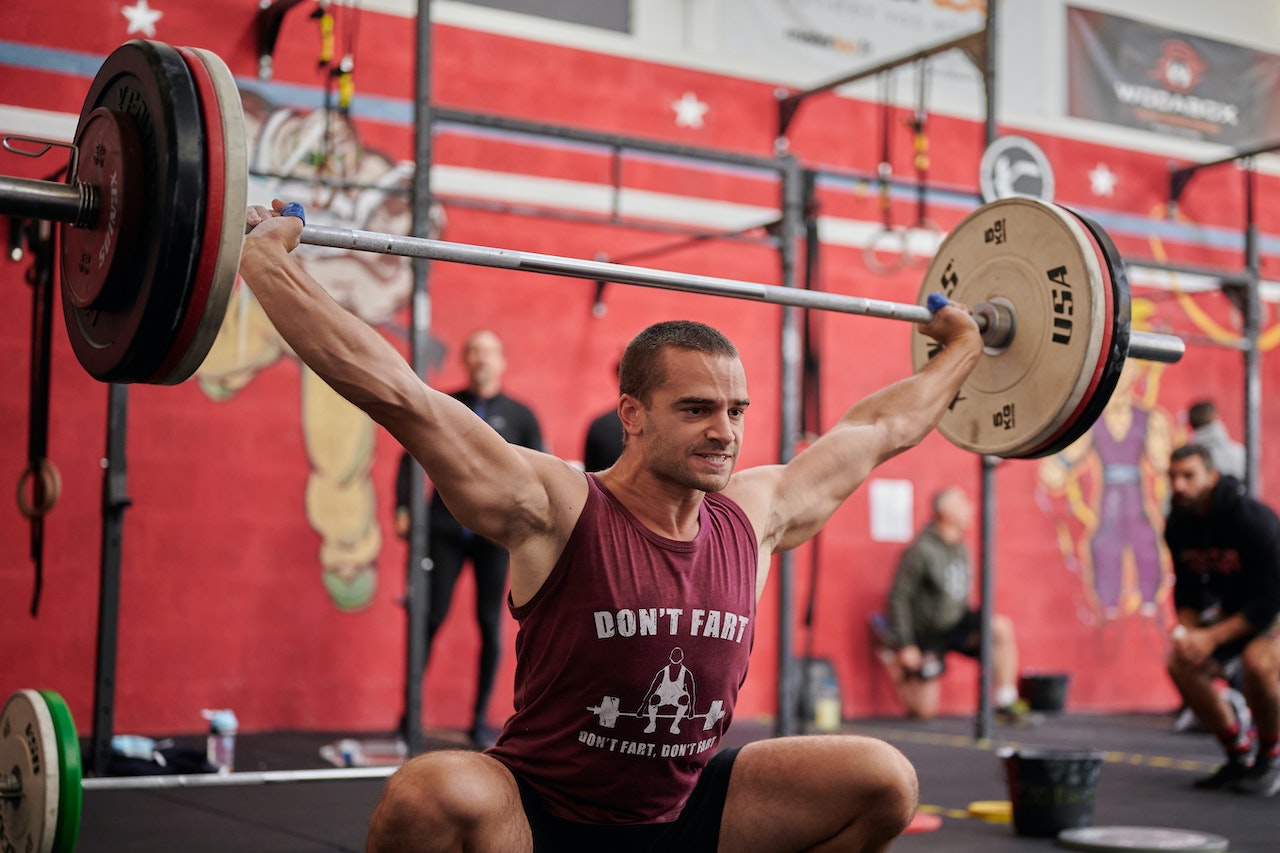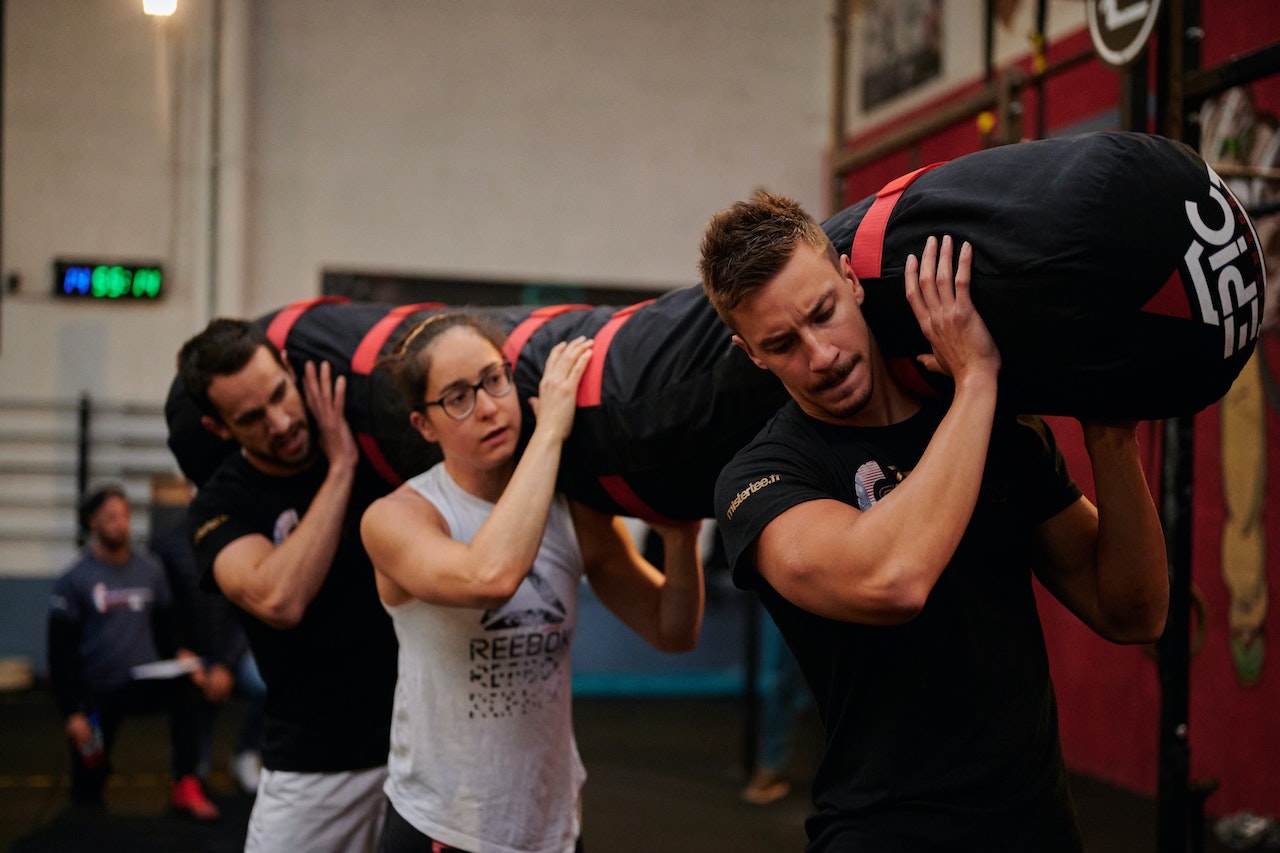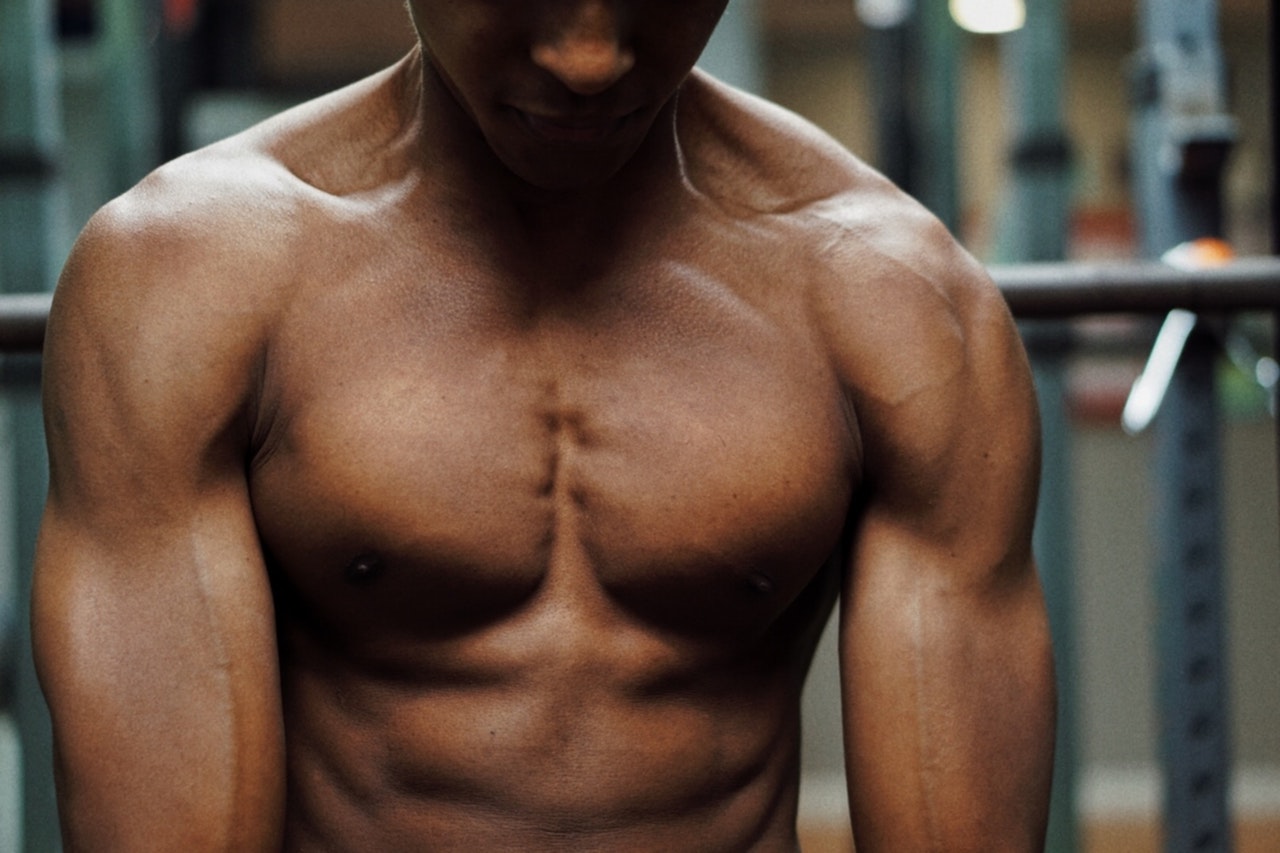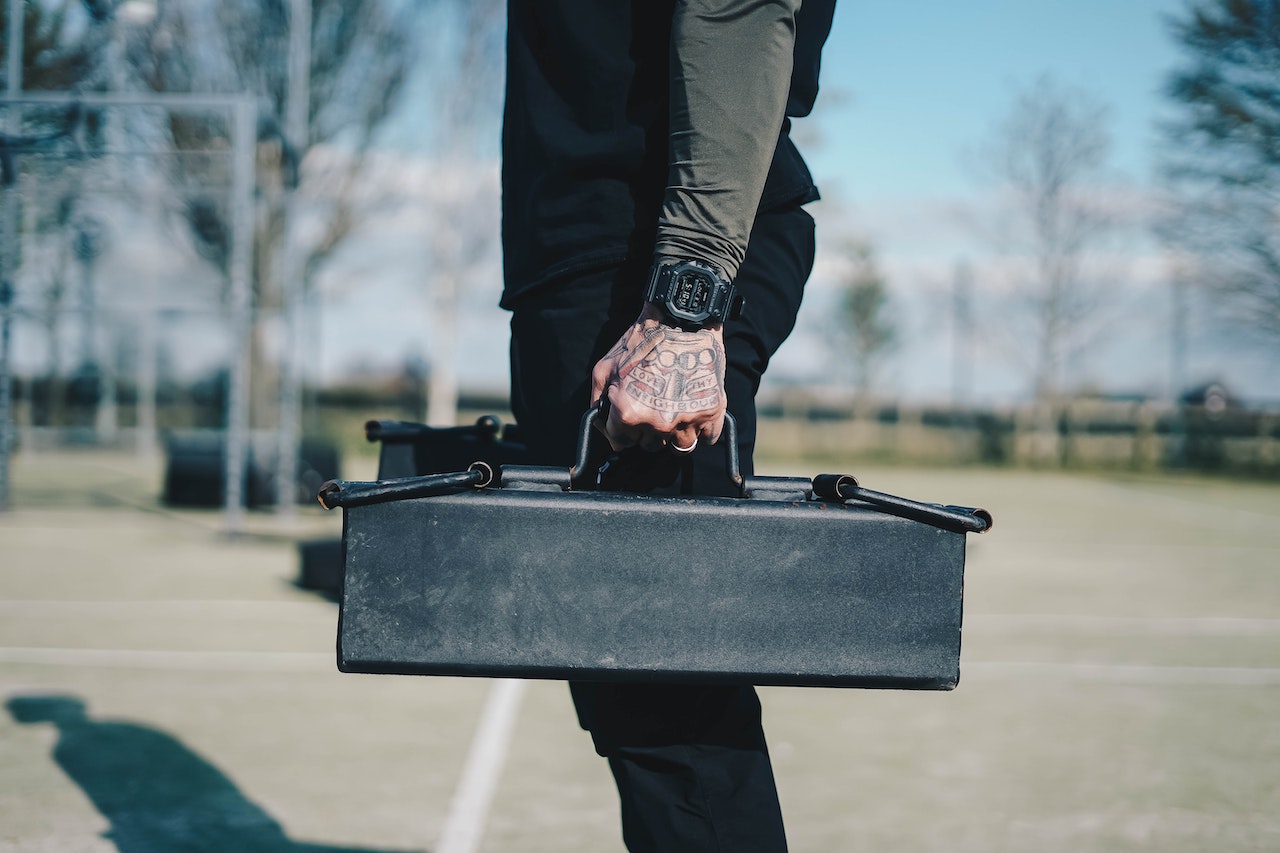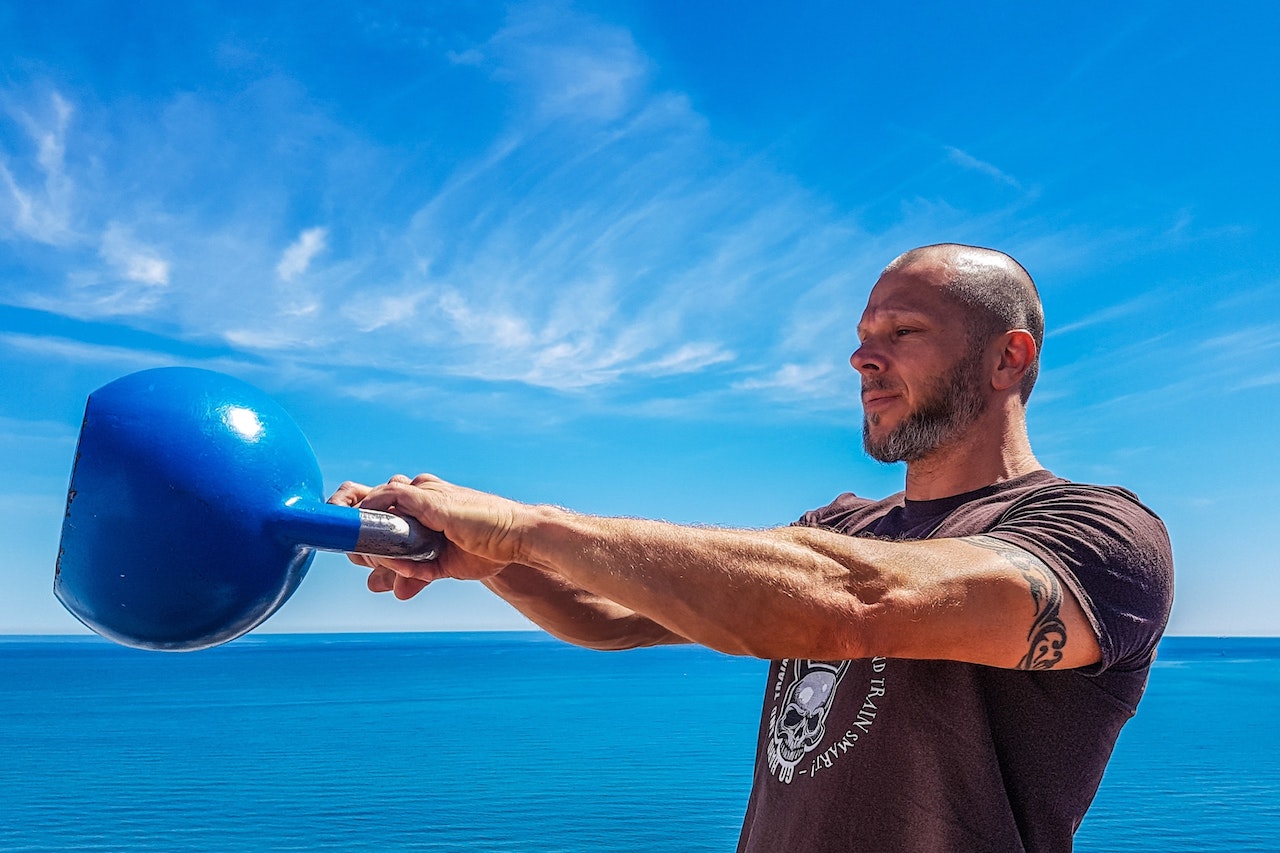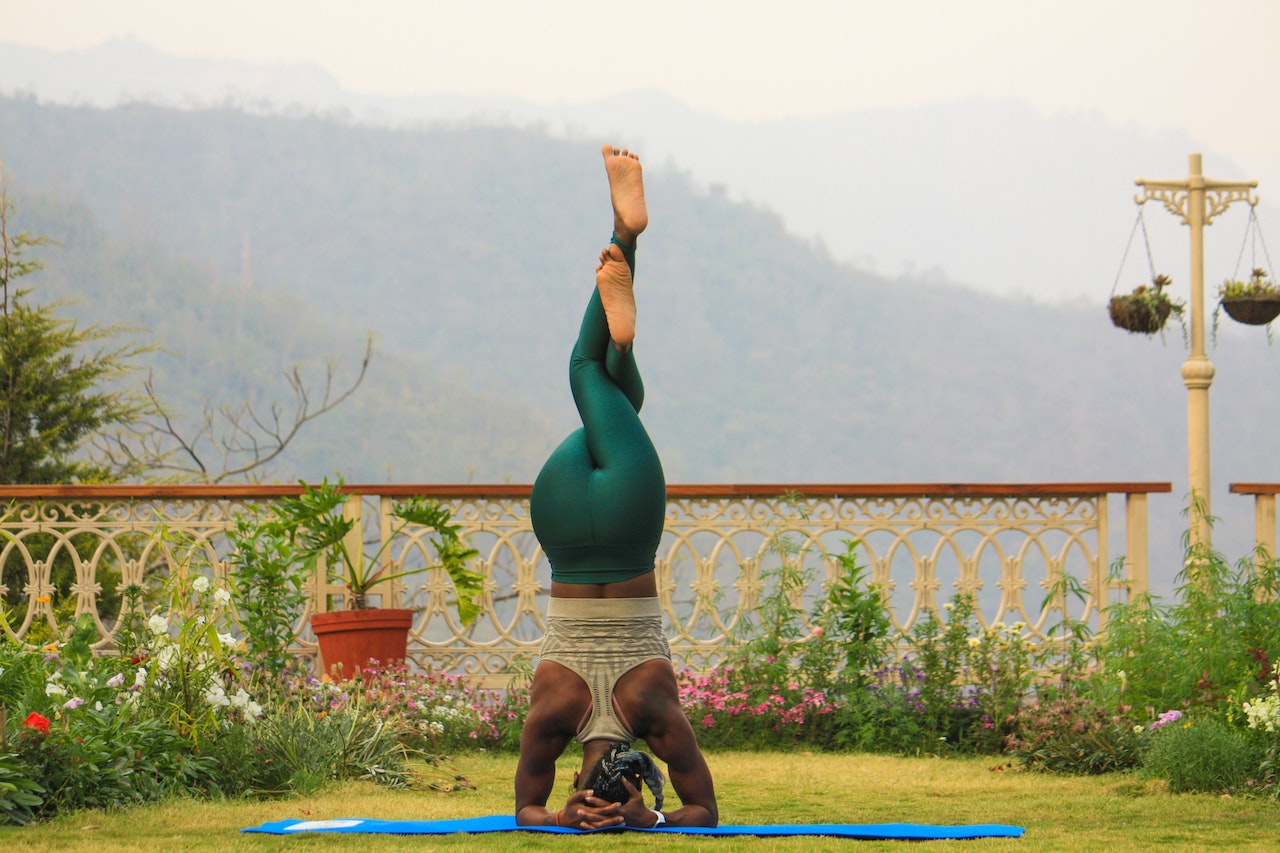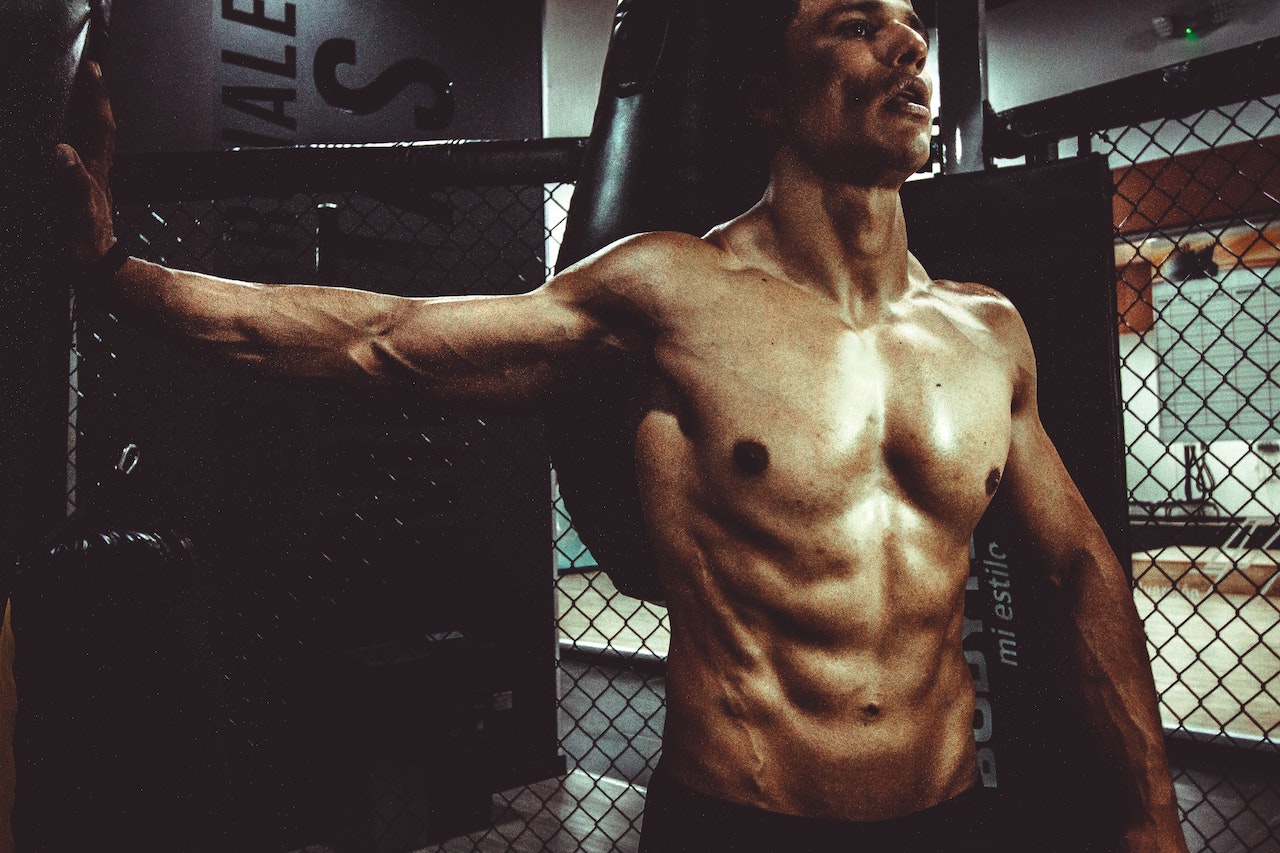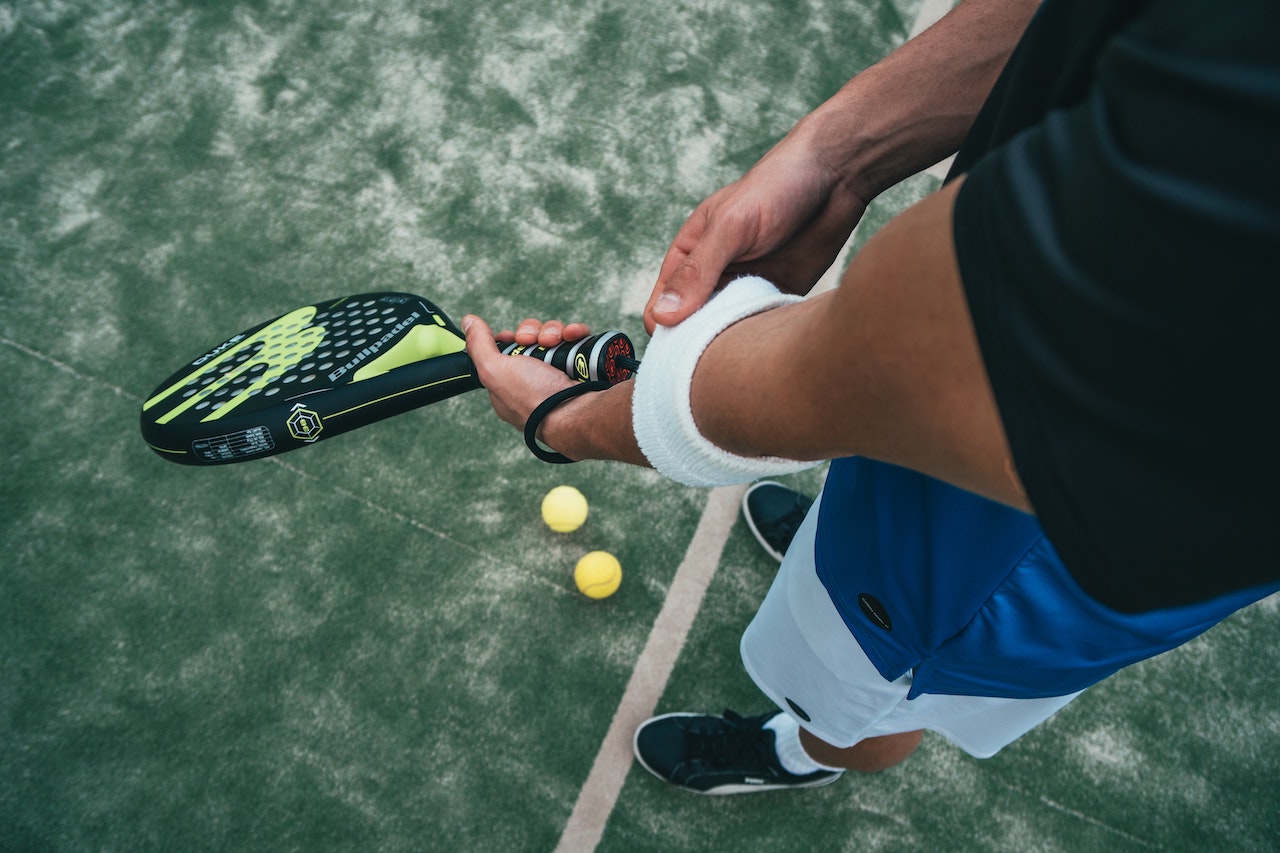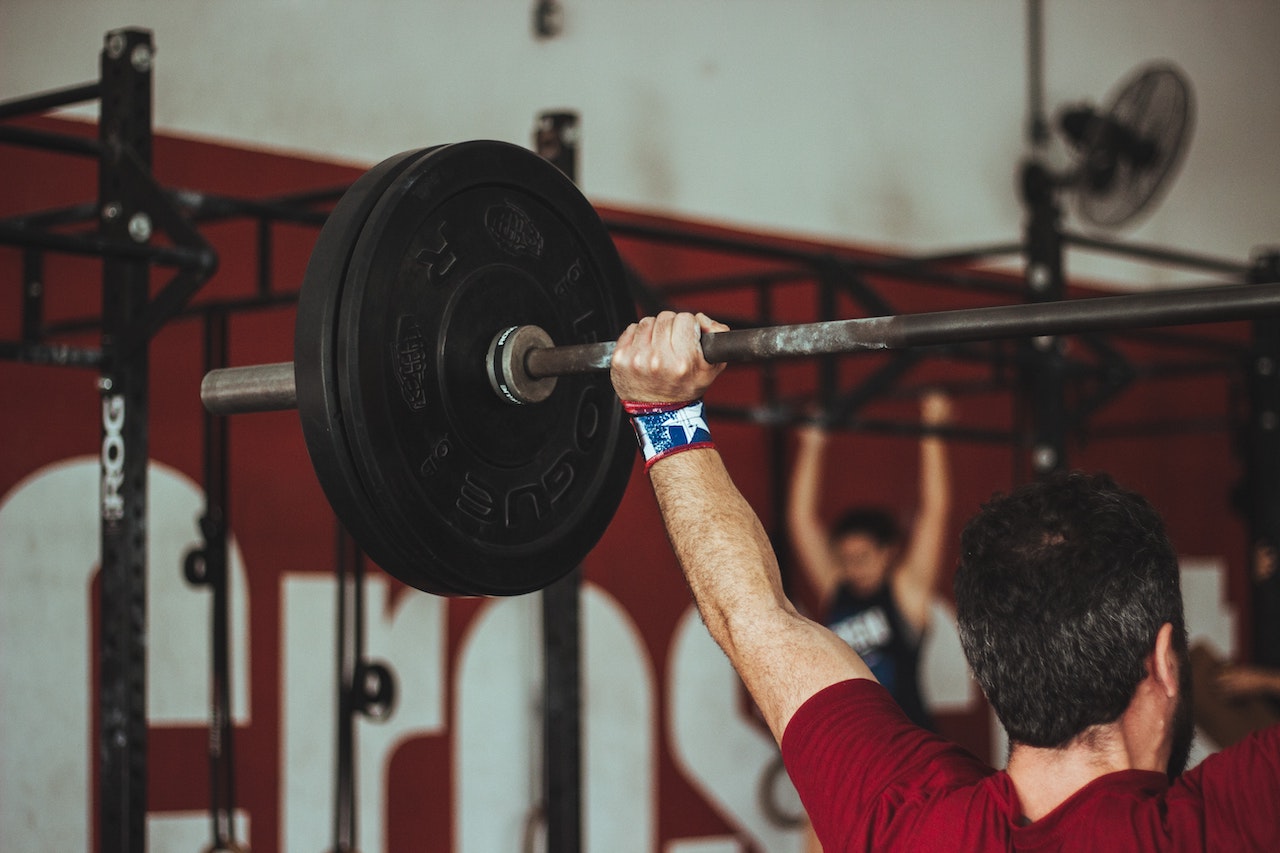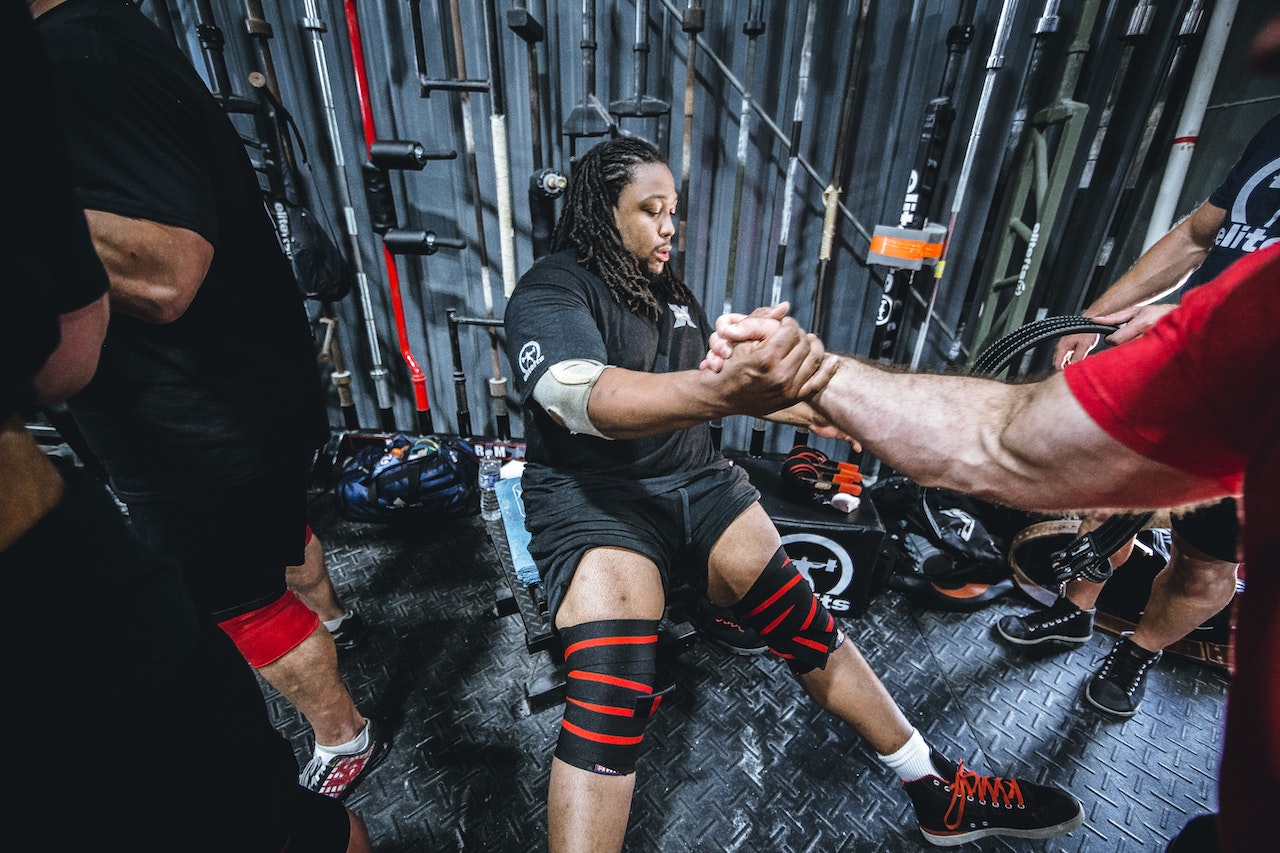we've just talked about the difficulty of the dumbbell push-up. If you still remember, you should remember that we were talking about overhead movements with the longest power chain and higher requirements for scapular and core stability, which is typical for dumbbell push-ups.
Many of you may feel that you do dumbbell push-ups as if they are not as difficult as you think. The fitness-loving beast feels that you must be sitting in your inertia training, and that our back against the back of the chair has helped us to take most of the stability during the dumbbell push-ups in a seated position, but what if you change from a seated to a standing position?
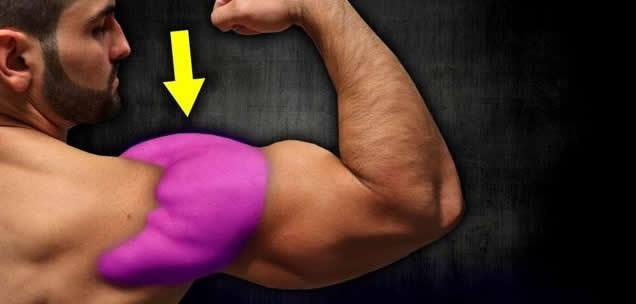
as you can surely imagine, a slight loss of core control to lean back is inevitable and the dumbbell weight will be considerably lighter. It is because the standing position better dispatches our core, tests our scapular stability tremendously and improves total body strength that it is more than worthy of being placed in our program.
Of course, today we still start with an advanced movement - the standing alternating dumbbell push-up

our preferred variation is to start with the dumbbells facing you and then rotate the palms outwards as you push, which is more in line with the natural range of motion of the shoulder joint and helps reduce the risk of injury.
In contrast, most people push the dumbbells in a seated or standing position with their elbows spread out to the sides. The result of the elbows being outwards is that the shoulder joint is in a mechanically unfavourable position, which can cause injury to the joint, as the shoulder joint is in an externally rotated position.
Below we will give you a clear explanation of the standing dumbbell press, giving you effective forms of movement and common mistakes so that all of you can perform the standing dumbbell press safely and effectively.
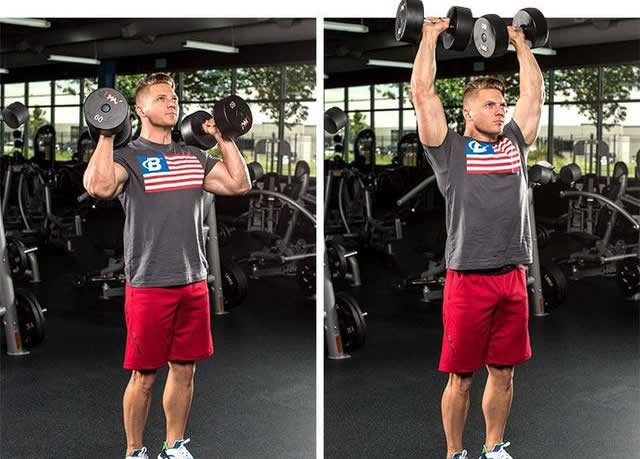
arnold standing alternating push-up
1. Raise the dumbbells to shoulder height with palms facing your body
2. Place your feet shoulder-width apart, knees planted and gluteus maximus tightened.
3. While keeping your back straight, push up the dumbbell and allow your right hand to rotate the dumbbell so that your palm faces forward slowly until your arm is fully extended, at which point your palm should be facing forward, keeping your elbow locked
4. Slowly lower the weight and return to the starting position, with the palm facing your body at the lowest point
5. Repeat in the same manner alternating with the other side

movement suggestions
1. Keep the gluteus maximus and core tight while pushing the weight overhead to prevent excessive lower back arch and to keep the chest and shoulders up and down.
2. At the highest point of the movement, your body should form a straight line from your feet to the hand you are pushing.
3. Look straight ahead, keeping your head and neck straight and avoiding bowing your head forward
4. Inhale during the return and exhale as you push up the dumbbell
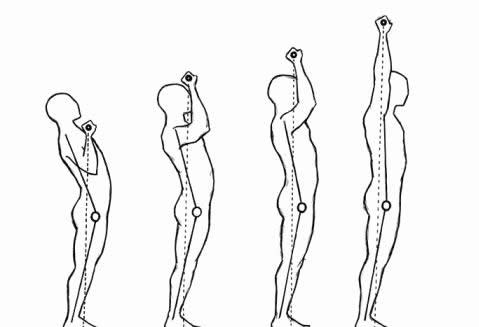
common problems
1. Lean back and arch your lower back
is the most common and dangerous position when doing overhead presses - be it barbell, dumbbell or kettlebell. If there is not enough shoulder flexibility, or if too much weight is used, the movement may be completed by bending the lower back excessively to lend strength.
This uncoordinated back position can cause serious injuries, so it is vital to keep the shoulder joint flexible. Another common problem is 'rib roll', which means that the core is not in a contracted position.

ideally, the core should be tight so that the rib cage is tightened during the push. Keeping the rib cage in a leaning position during the push press is not simple and requires a long period of training.
2. Not locking the arms
as you push the weight overhead, it is ideal to lock the arms at the apex. The upper arm should be right next to the ear and in a vertical position. This position requires sufficient flexibility in the triceps and shoulders.
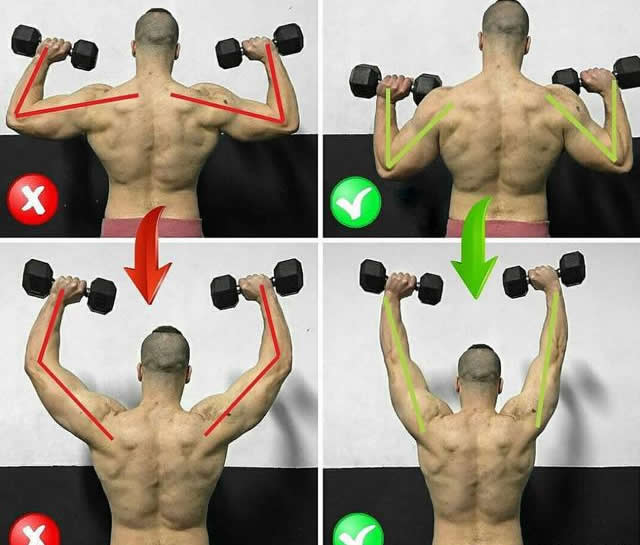
when the arms are fully extended, you can get a short rest at the highest point of the movement and there should be a straight line transferring gravity from the hands to the middle of the feet.
3. Push the weight upwards through the side
training with dumbbells is a good idea because it helps you to correct muscle imbalances on the left and right sides of your body. If you find yourself unbalanced, for example, if there is a difference in the strength of your arms, or if your psoas square or abdominal obliques are weaker on one side of your body than the other, you may have difficulty keeping your body in the correct position at all times during the movement.
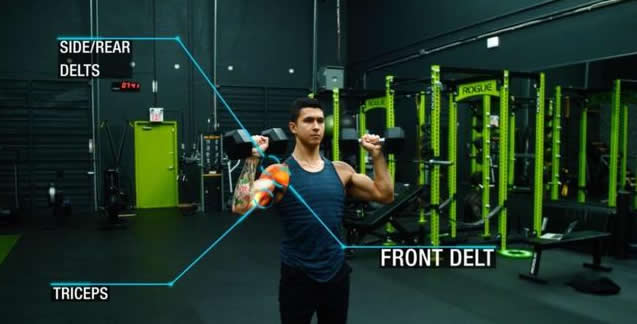
the correct posture is to keep your body upright and stable so that your body does not sway from side to side and tilt from side to side as you push up on the dumbbells. Keeping your head straight and your gluteus maximus tight will help prevent your body from swaying.
I hope this has helped you to confidently complete the standing dumbbell push-up using the correct form. Mastering this movement will help you build a solid foundation of strength for more advanced movements such as the standing barbell strength press later on.
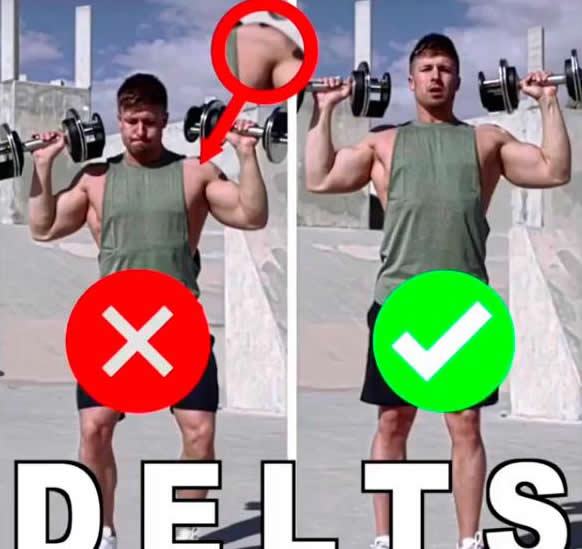
remember to keep practising flexibility on a daily basis as the ideal range of motion of the joints (shoulder joints and thoracic spine) will help you to complete overhead presses comfortably and keep your shoulders as strong both inside and outside.

